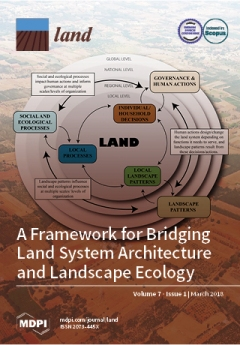Assessing Climate Smart Agriculture and Its Determinants of Practice in Ghana: A Case of the Cocoa Production System
Agriculture in Africa is not only exposed to climate change impacts but is also a source of greenhouse gases (GHGs). While GHG emissions in Africa are relatively minimal in global dimensions, agriculture in the continent constitutes a major source of GHG emissions.

